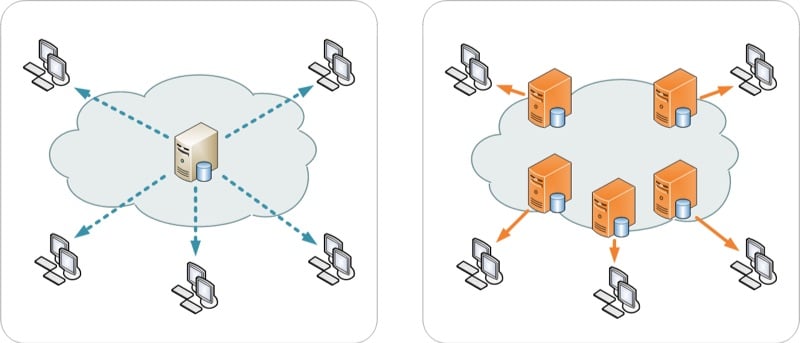Google Webmaster Trends Analyst John Mueller has clarified how the search giant deals with spelling errors in content.
Mueller tweeted a response to a user who was under the impression that errors in content means Google sees it as being of low quality.
He stated that’s actually not the case. While it’s always recommended to fix known issues, Google does not goes as far as to count the amount of typos in content and downgrade it in search results.
It's always good to fix known issues with a site, but Google's not going to count your typsos.
— John ☆.o(≧▽≦)o.☆ (@JohnMu) May 28, 2018
Although Google doesn’t count typos in content, that doesn’t mean it’s not worth putting the effort into editing content before publishing.
Well written, error-free content lends credibility to the individual writing the content, which in turn lends credibility to the publication.
If a publication becomes known for regularly publishing content that is riddled with typos then it may not be taken as seriously by its readers, especially compared to a competing site that publishes clean content.
While typos may not count against a piece of content in Google search, it’s perhaps more important to consider how the content will be perceived by readers.
If you don’t have an editor who can assist you with fixing errors, it’s always worthwhile to make time for proofreading the content yourself. It shows that you value your own work, which may make users more likely to click on it the next time they see your site come up in search results.
By the way, did you notice how Mueller misspelled typos in his own tweet? Oh, the irony.


















 RSS Feed
RSS Feed
